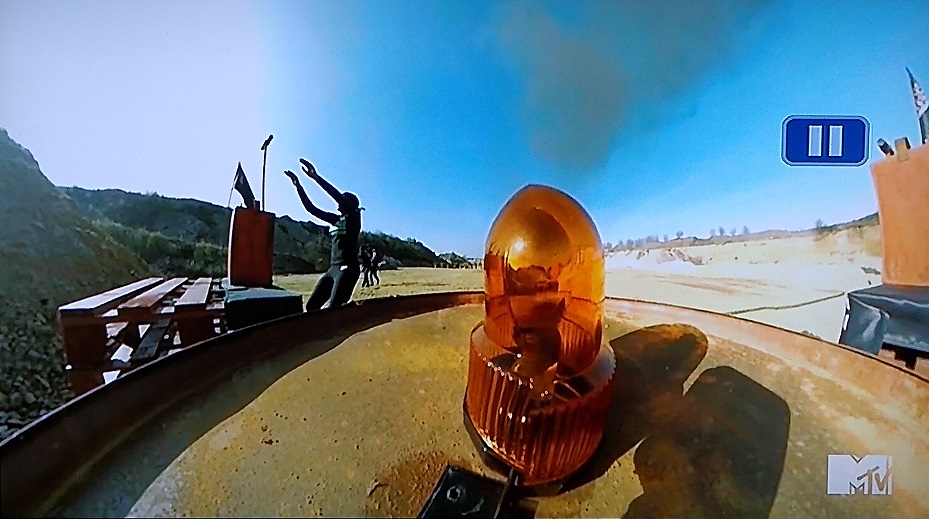It’s Veterans Day, and on an occasion dedicated to giving thanks to all those who served the United States honorably during either war or peacetime, it seemed appropriate to turn our puzzly gaze toward at American history for today’s post.
In fact, let’s look to America’s formative days. We’ve written in the past about George Washington and his creation of America’s first spy ring, and how heavily they relied on encryption and codebreaking techniques to protect America’s earliest secrets.
But as it turns out, Washington was far from the only Founding Father who was a strong proponent of cryptography.
Second president John Adams used a cipher to send letters to his wife Abigail when he was traveling. That cipher was designed by James Lovell, a member of the Continental Congress Committee on Foreign Affairs.
President #3 also relied heavily on ciphers and secret methods of communication. Thomas Jefferson created special ciphers specifically for Meriwether Lewis to use during the Lewis and Clark Expedition to protect the intrepid duo’s findings.
He even developed his own method for encryption. Some call it the wheel cypher, but it’s more commonly referred to as the Jefferson Disk.
These 36 wheels, threaded onto an iron spindle, allow the user to twist them until a message reads out. Each wheel has the letters of the alphabet in a random order.
So how did it work? Well, according to Monticello.org:
As an example, the sender of the message shown in the picture, “COOL JEFFERSON WHEEL CIPHER,” spells the message out and then looks to any other line of text – possibly the one directly above, which on this version of the cipher begins with the letter “N.” The sender then copies the rest of the letters from that line into the correspondence to spell out “NKYG NSUS NXML CQYO TYUH HFTD.”
The man who succeeded Jefferson as president, James Madison, employed encryption for both official documents — like letters between himself and members of the Continental Congress — and communication with other key figures. For instance, he sent a partially encrypted letter to Jefferson that described his plan to introduce a Bill of Rights.
Madison’s fellow contributor to the Federalist Papers, John Jay (later the first Chief Justice of the Supreme Court) always employed ciphers for diplomatic correspondence when traveling outside the US.
[This wooden puzzle is known as Franklin’s Kite.]
And as you might expect, the influential inventor, statesman, and polymath Benjamin Franklin had his hands in codecracking and cryptography as well. He not only created some of the ciphers employed by the Continental Congress, but he also published a book about encryption in the 1740s: George Fisher’s The American Instructor.
The Continental Congress, for their part, passed a resolution ordering ciphers to be used for all messages that couldn’t be safely transmitted otherwise.
In the end, as in the beginning, America doesn’t just love puzzles, it’s founded on puzzly principles.
[For more content involving American history and puzzles, check out our multi-part series on the history of the NSA, as well as the story of how a Tap Code and other puzzly spycraft techniques kept a soldier’s love story alive.]
Treat yourself to some delightful deals on puzzles. You can find them on the Home Screen for Daily POP Crosswords and Daily POP Word Search! Check them out!
Thanks for visiting PuzzleNation Blog today! Be sure to sign up for our newsletter to stay up-to-date on everything PuzzleNation!


































